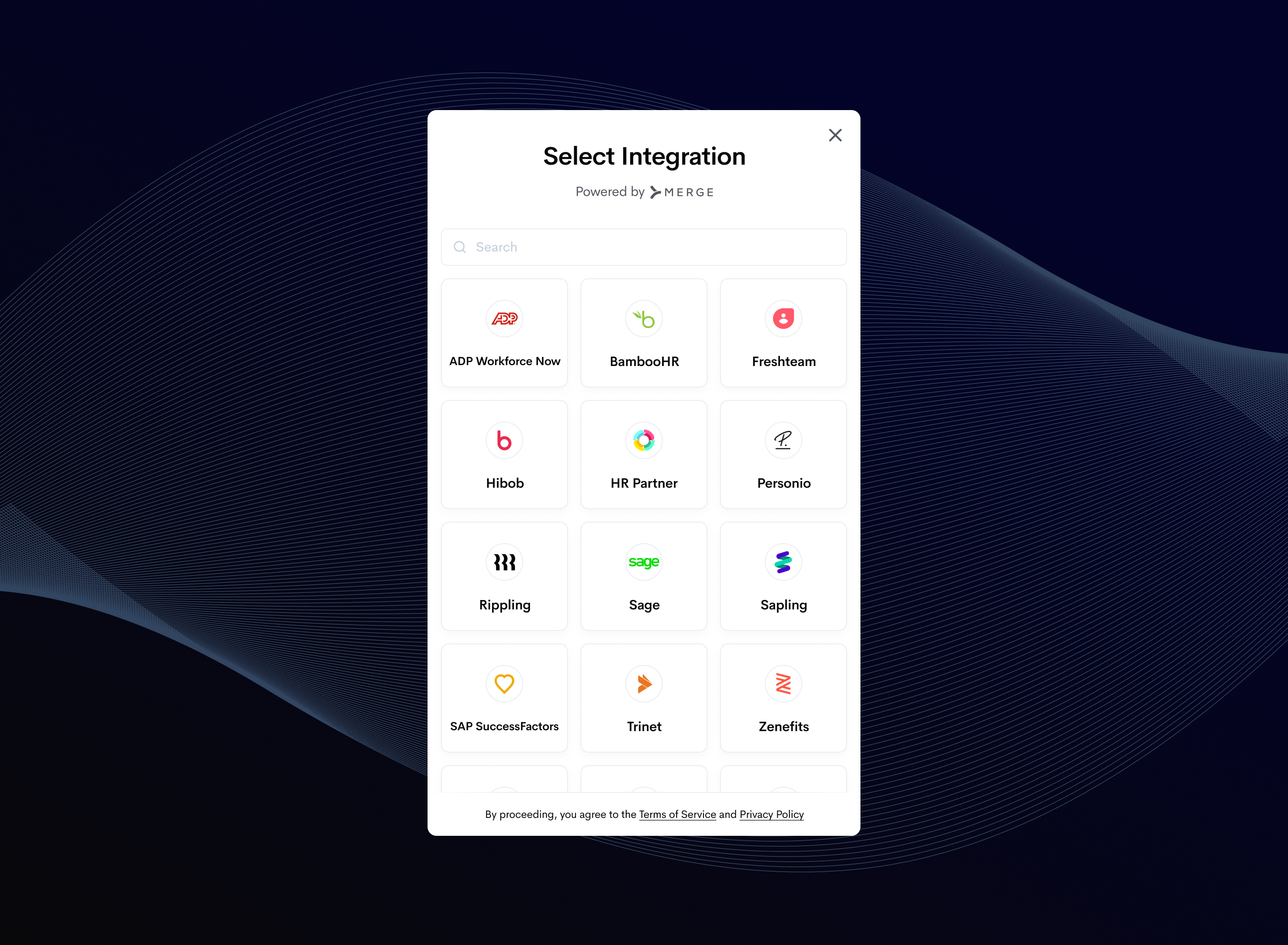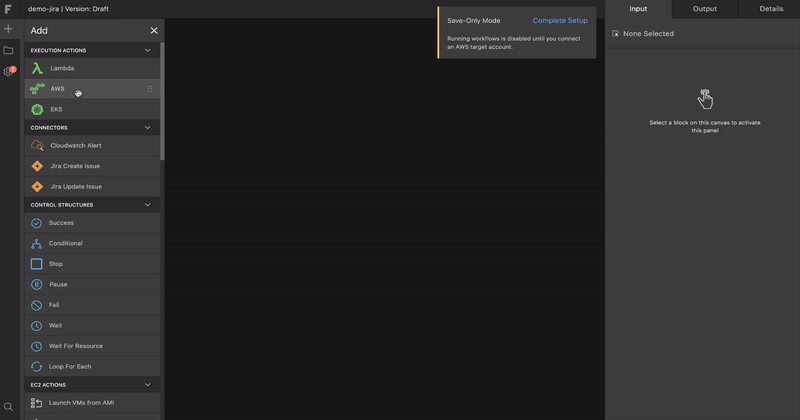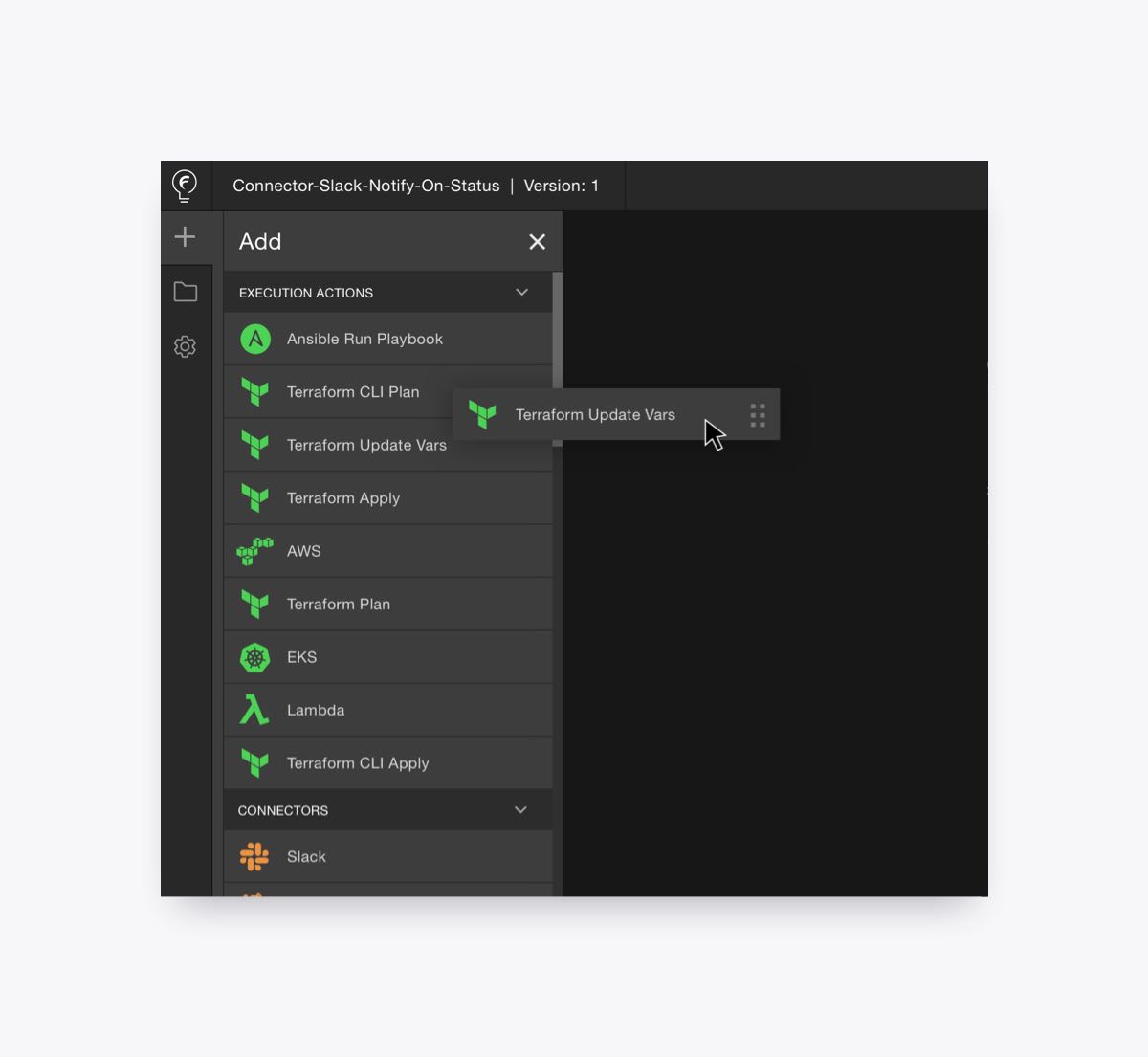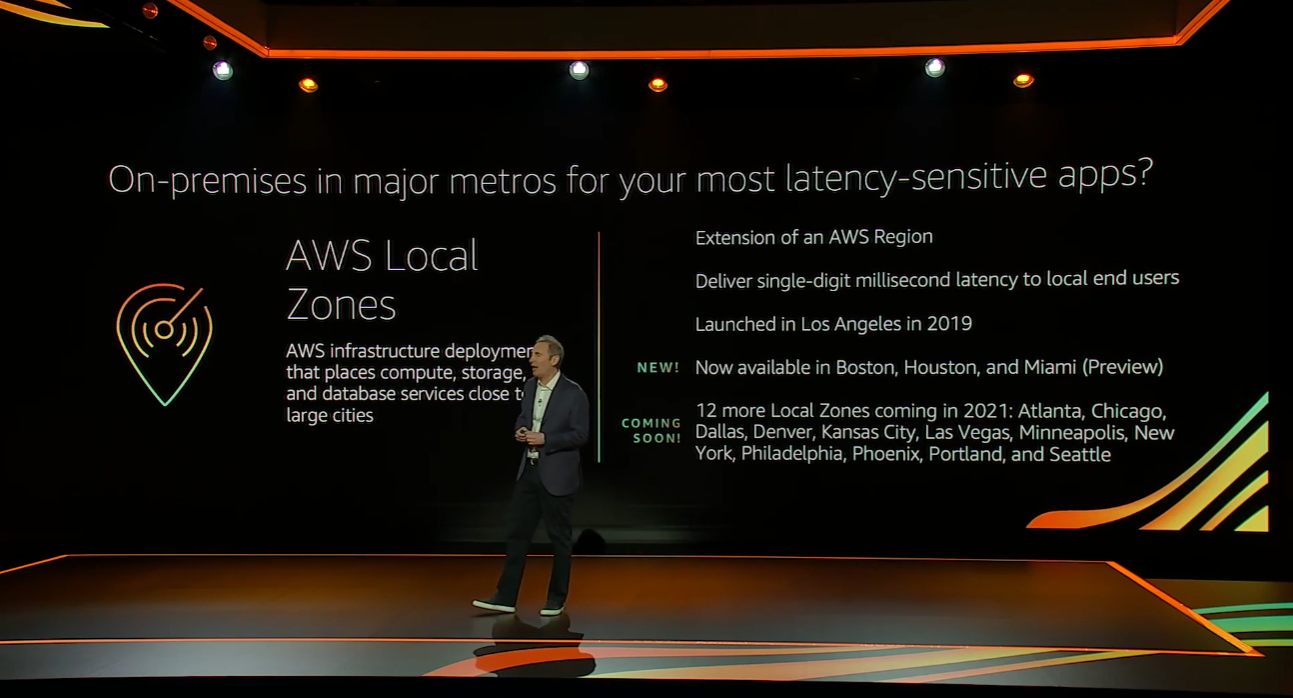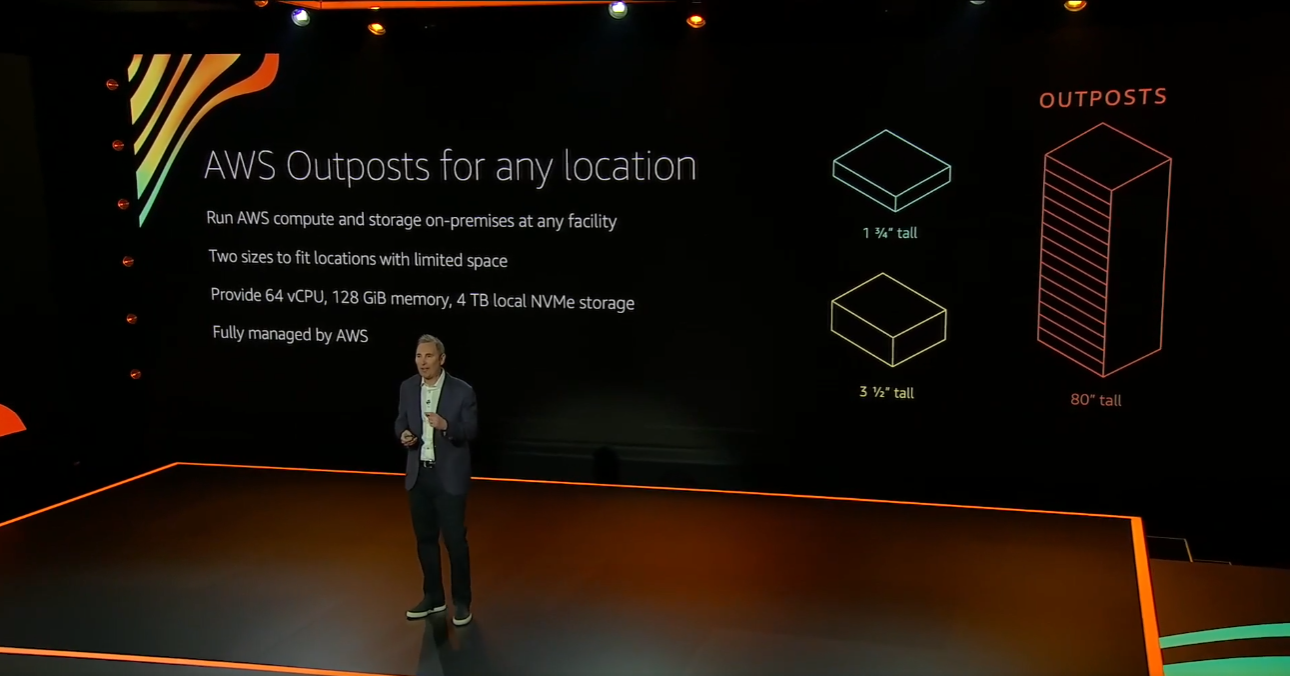Linux is set for a big release this Sunday August 29, setting the stage for enterprise and cloud applications for months to come. The 5.14 kernel update will include security and performance improvements.
A particular area of interest for both enterprise and cloud users is always security and to that end, Linux 5.14 will help with several new capabilities. Mike McGrath, vice president, Linux Engineering at Red Hat told TechCrunch that the kernel update includes a feature known as core scheduling, which is intended to help mitigate processor-level vulnerabilities like Spectre and Meltdown, which first surfaced in 2018. One of the ways that Linux users have had to mitigate those vulnerabilities is by disabling hyper-threading on CPUs and therefore taking a performance hit.
“More specifically, the feature helps to split trusted and untrusted tasks so that they don’t share a core, limiting the overall threat surface while keeping cloud-scale performance relatively unchanged,” McGrath explained.
Another area of security innovation in Linux 5.14 is a feature that has been in development for over a year-and-a-half that will help to protect system memory in a better way than before. Attacks against Linux and other operating systems often target memory as a primary attack surface to exploit. With the new kernel, there is a capability known as memfd_secret () that will enable an application running on a Linux system to create a memory range that is inaccessible to anyone else, including the kernel.
“This means cryptographic keys, sensitive data and other secrets can be stored there to limit exposure to other users or system activities,” McGrath said.
At the heart of the open source Linux operating system that powers much of the cloud and enterprise application delivery is what is known as the Linux kernel. The kernel is the component that provides the core functionality for system operations.
The Linux 5.14 kernel release has gone through seven release candidates over the last two months and benefits from the contributions of 1,650 different developers. Those that contribute to Linux kernel development include individual contributors, as well large vendors like Intel, AMD, IBM, Oracle and Samsung. One of the largest contributors to any given Linux kernel release is IBM’s Red Hat business unit. IBM acquired Red Hat for $34 billion in a deal that closed in 2019.
“As with pretty much every kernel release, we see some very innovative capabilities in 5.14,” McGrath said.
While Linux 5.14 will be out soon, it often takes time until it is adopted inside of enterprise releases. McGrath said that Linux 5.14 will first appear in Red Hat’s Fedora community Linux distribution and will be a part of the future Red Hat Enterprise Linux 9 release. Gerald Pfeifer, CTO for enterprise Linux vendor SUSE, told TechCrunch that his company’s openSUSE Tumbleweed community release will likely include the Linux 5.14 kernel within ‘days’ of the official release. On the enterprise side, he noted that SUSE Linux Enterprise 15 SP4, due next spring, is scheduled to come with Kernel 5.14.
The new Linux update follows a major milestone for the open source operating system, as it was 30 years ago this past Wednesday that creator Linus Torvalds (pictured above) first publicly announced the effort. Over that time Linux has gone from being a hobbyist effort to powering the infrastructure of the internet.
McGrath commented that Linux is already the backbone for the modern cloud and Red Hat is also excited about how Linux will be the backbone for edge computing – not just within telecommunications, but broadly across all industries, from manufacturing and healthcare to entertainment and service providers, in the years to come.
The longevity and continued importance of Linux for the next 30 years is assured in Pfeifer’s view. He noted that over the decades Linux and open source have opened up unprecedented potential for innovation, coupled with openness and independence.
“Will Linux, the kernel, still be the leader in 30 years? I don’t know. Will it be relevant? Absolutely,” he said. “Many of the approaches we have created and developed will still be pillars of technological progress 30 years from now. Of that I am certain.”
